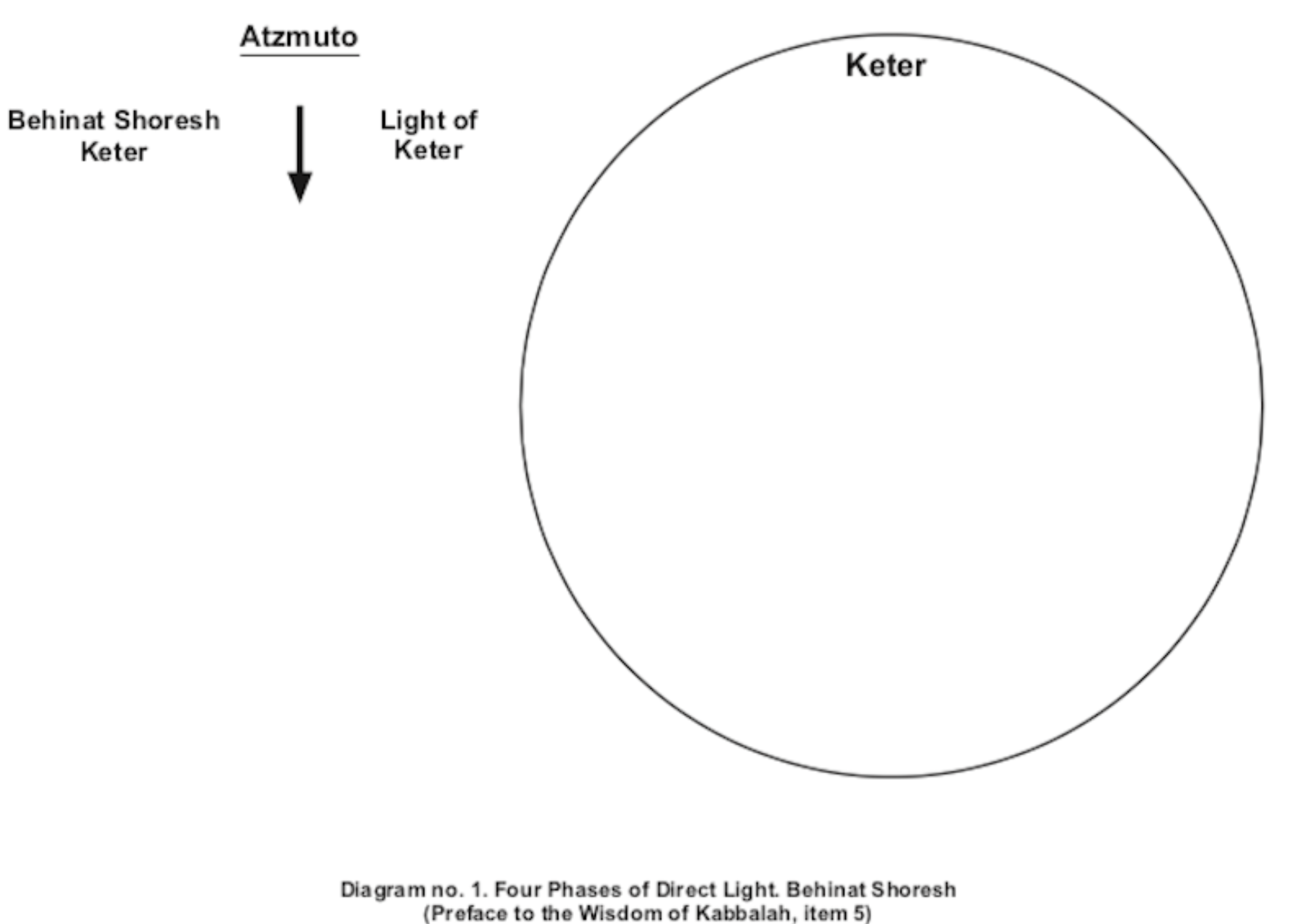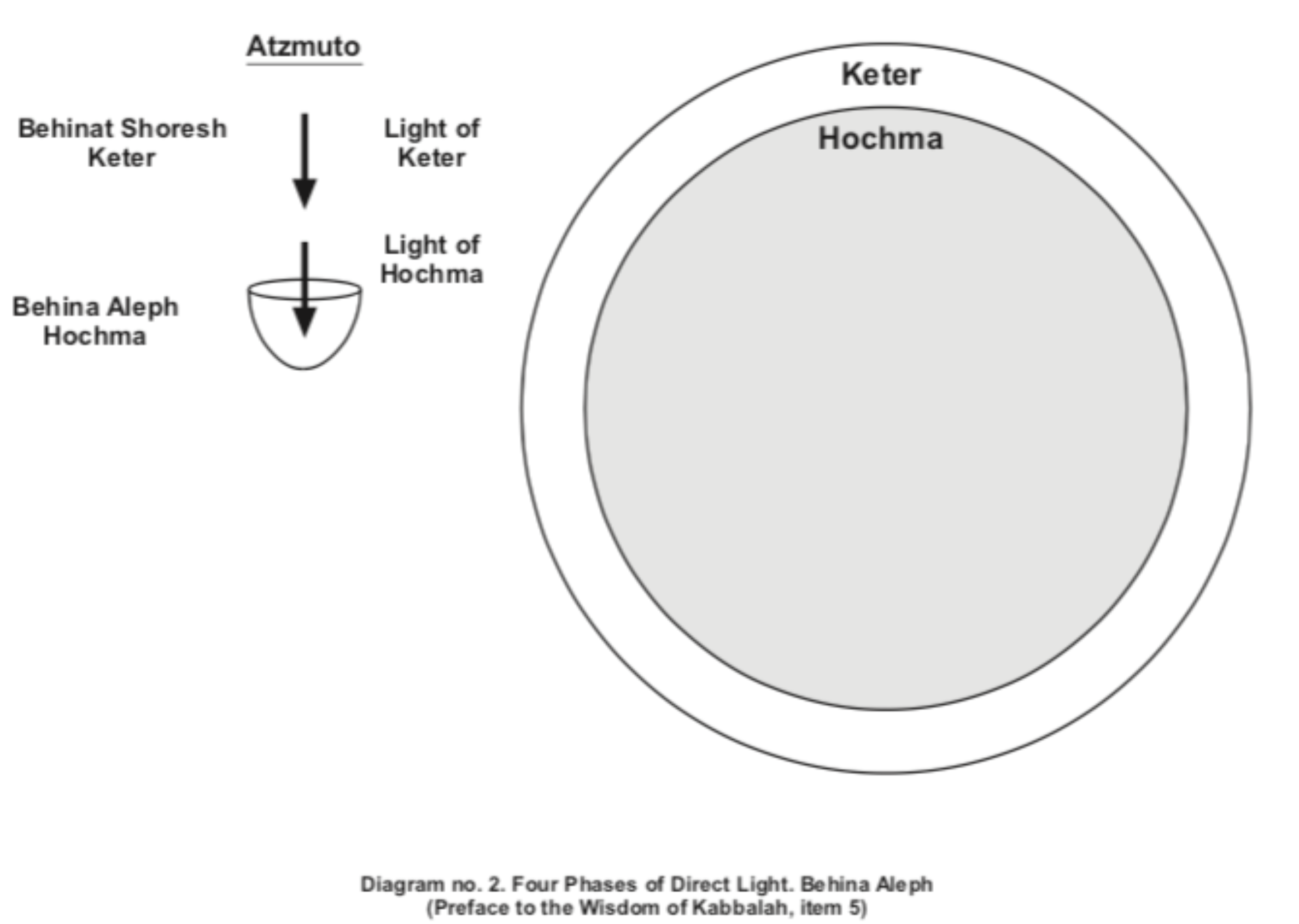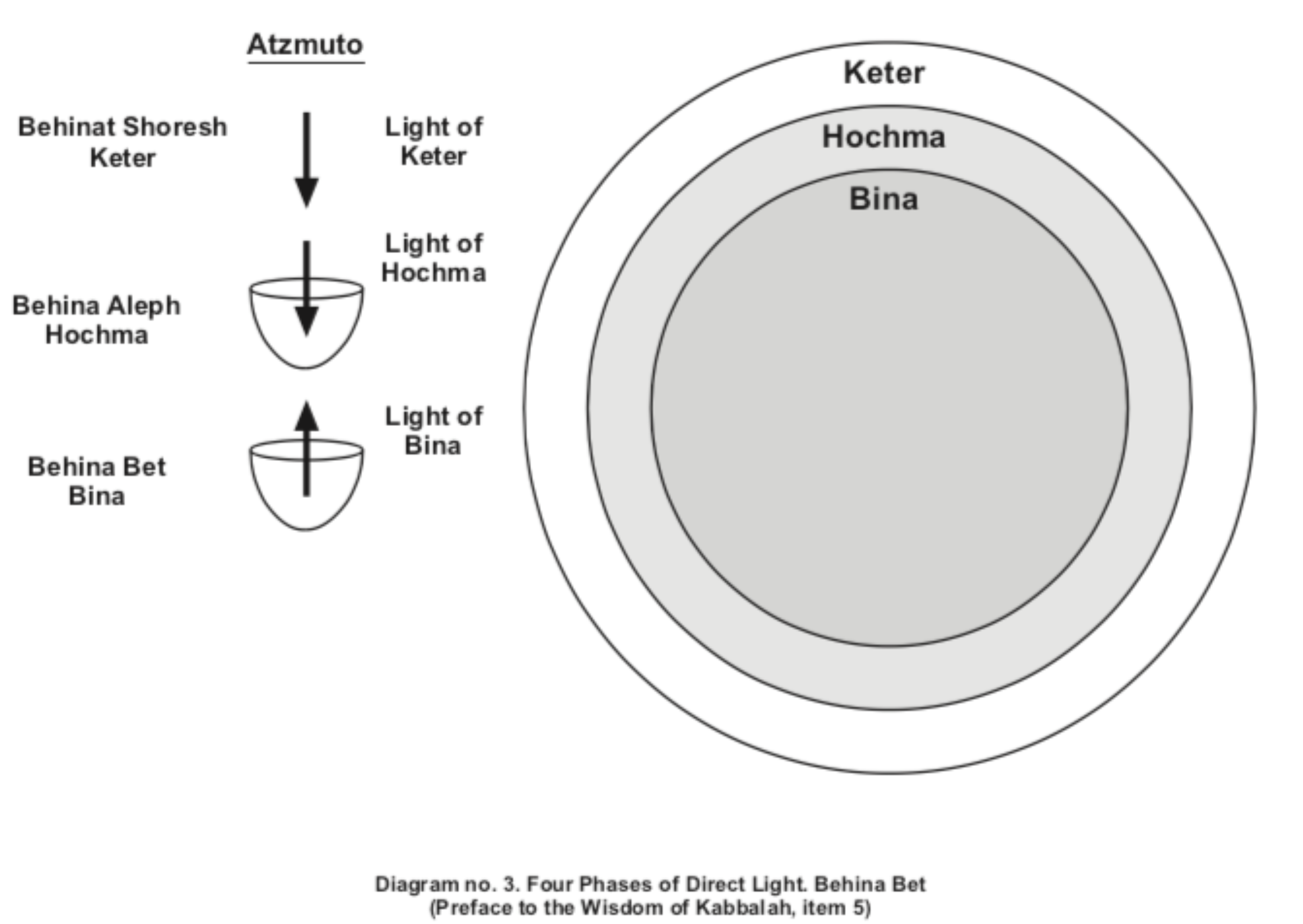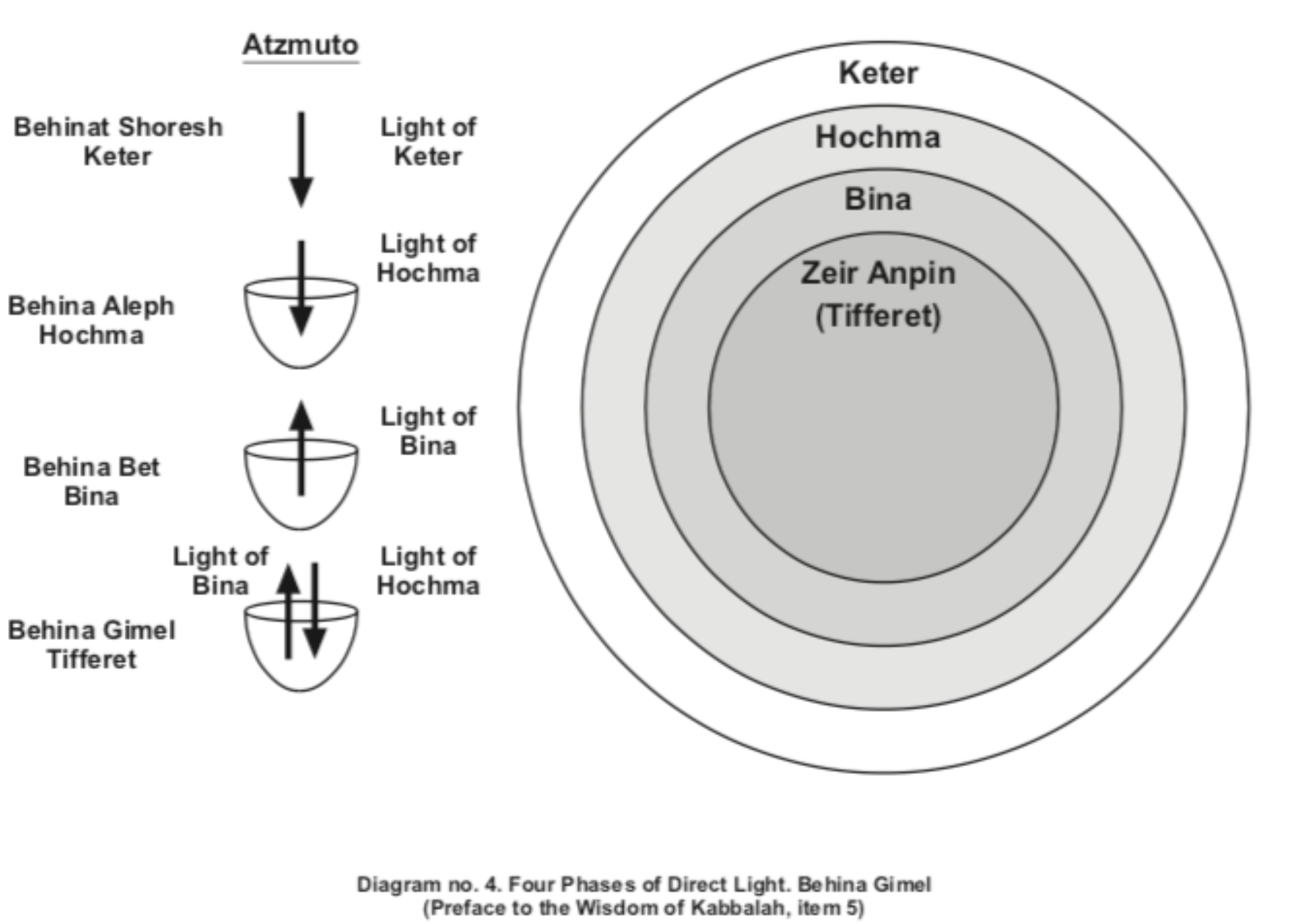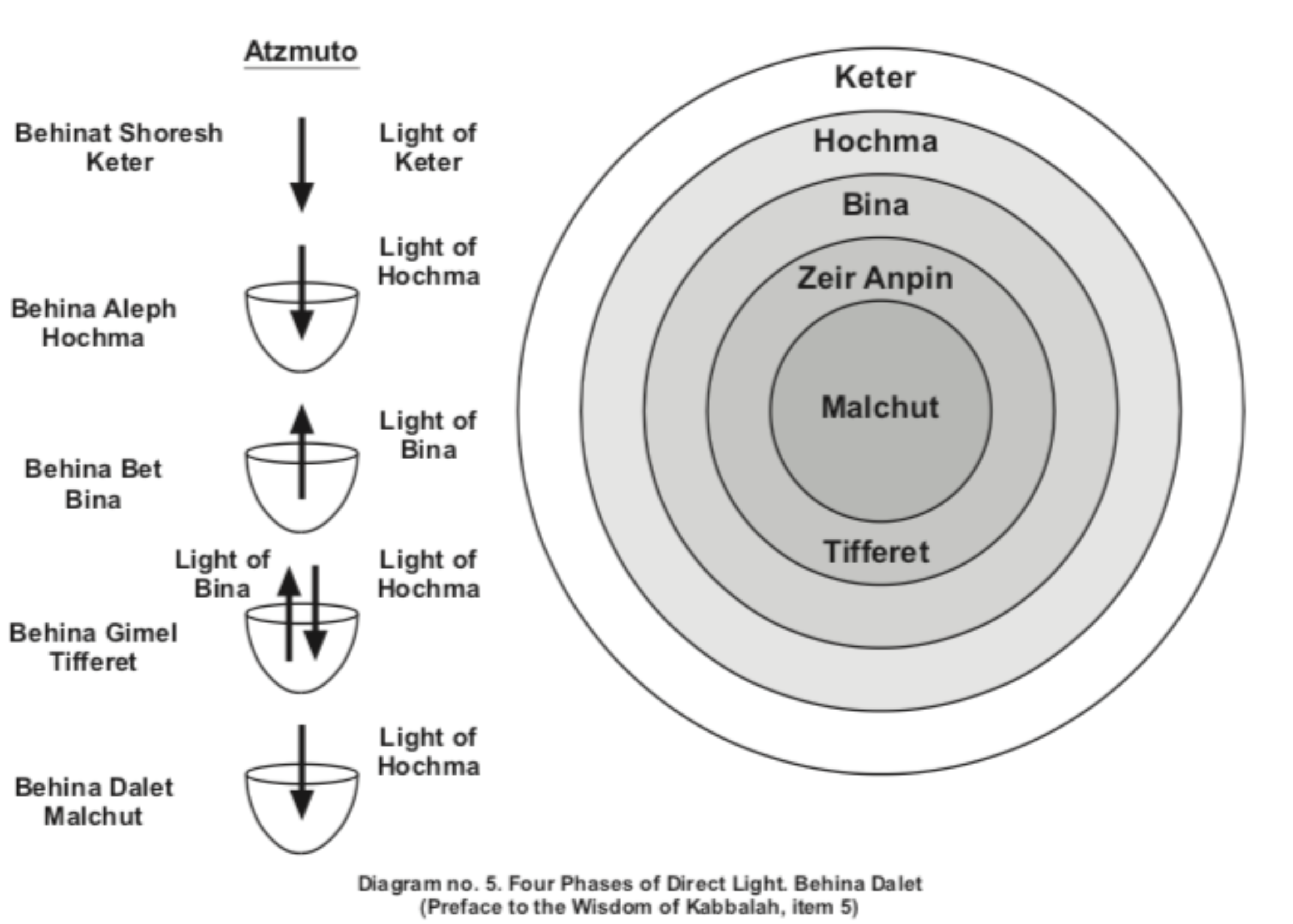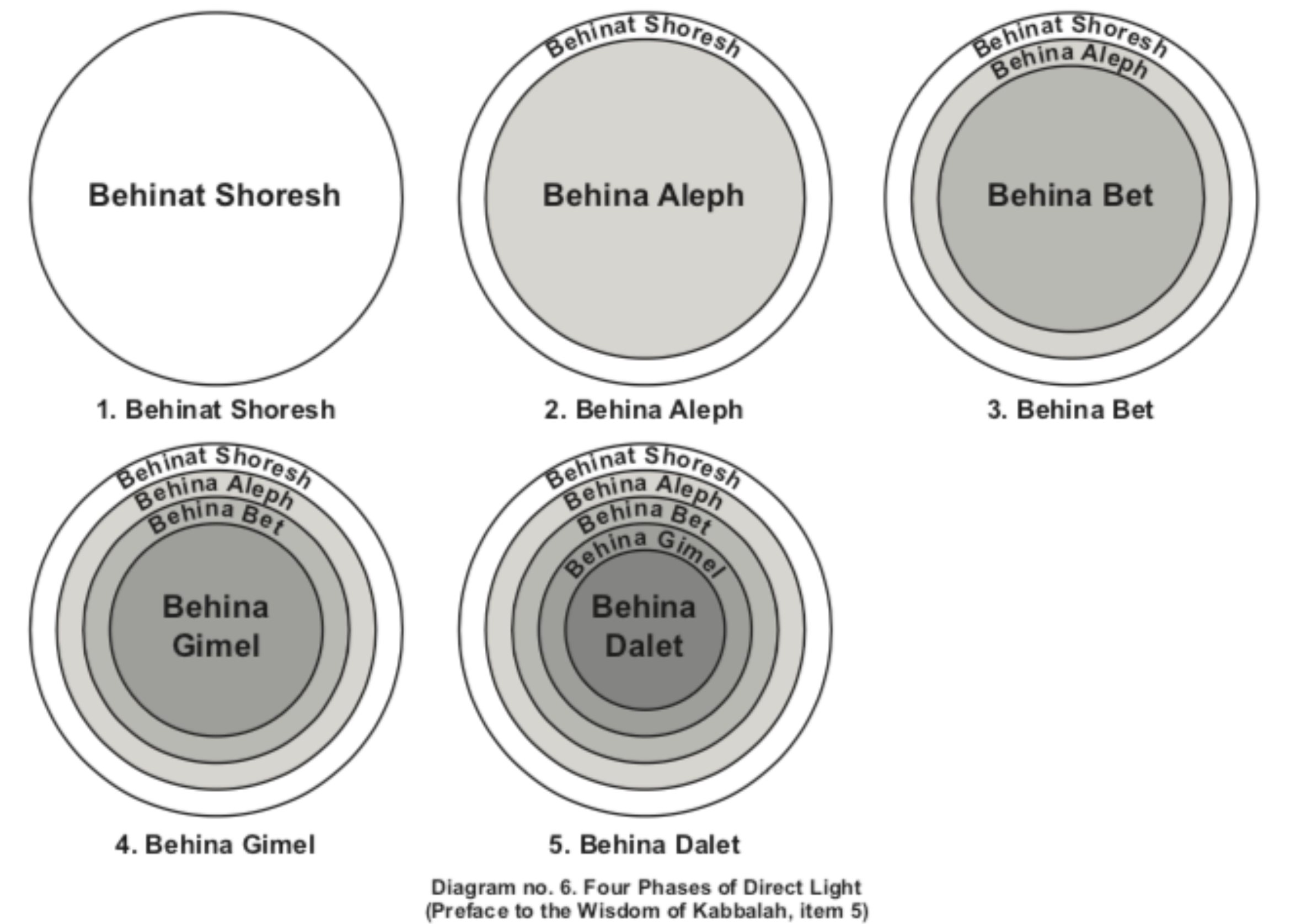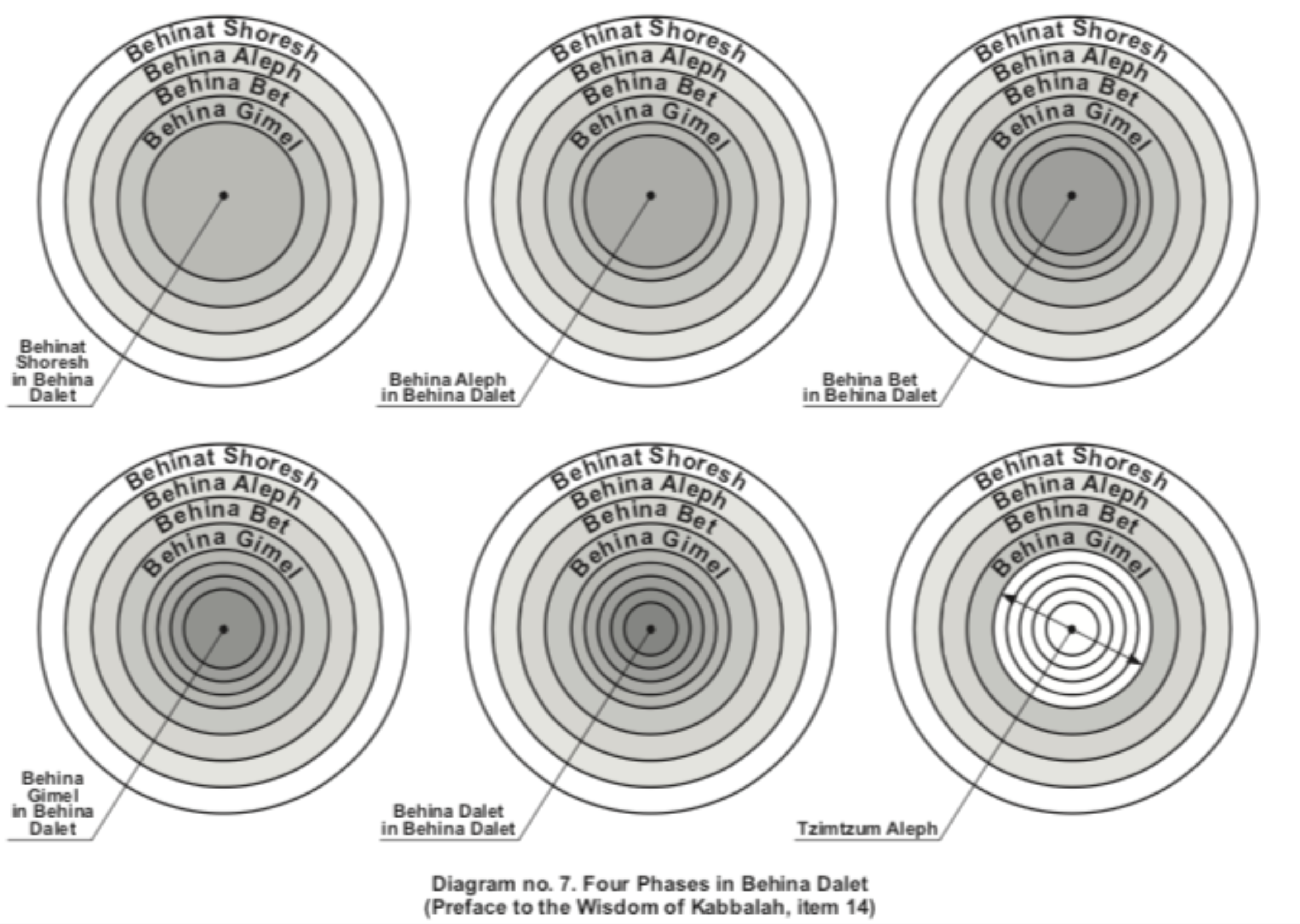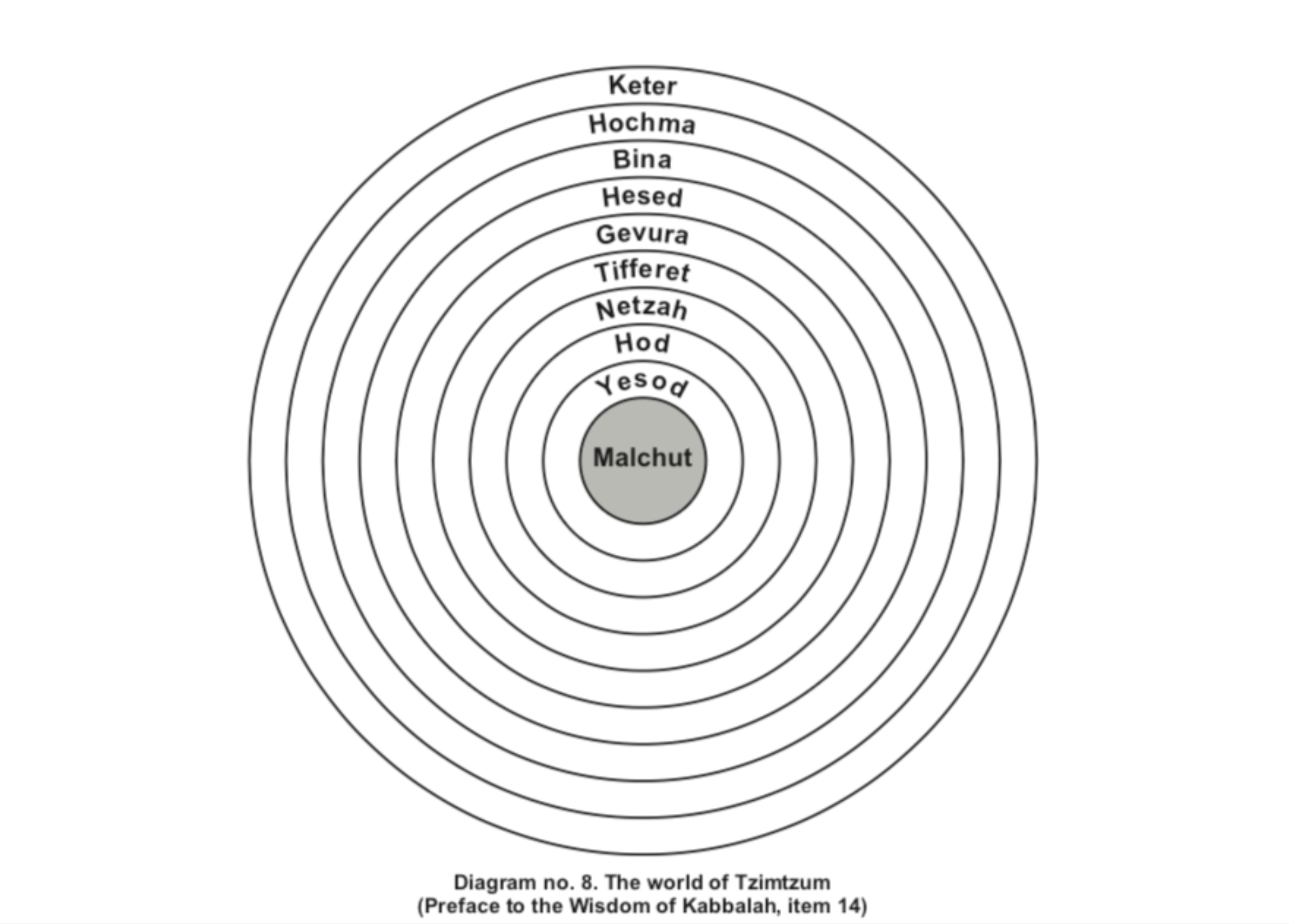Lesson 15 - The Four Phases of Direct Light
In this lesson, you will learn about The Thought of Creation and the process of developing the desire to receive. We will explore how the direct light passes through four different stages, each of which represents a phase in the formation of spiritual desire.
Slide #2
Isaac Luria Ashkenazi (the ARI)
The Tree of Life
“Behold that before the emanations were emanated and the creatures were created,
The Upper Simple Light had filled the whole existence.
And there was no vacancy, such as an empty air, a hollow,
But all was filled with that Simple, Boundless Light.
And there was no such part as head, or end,
But everything was One, Simple Light, balanced evenly and equally,
And it was called “the Light of Ein Sof (Infinity).”
Slide #3
And when upon His simple will, came the desire to create the worlds and emanate the emanations,
To bring to light the perfection of His deeds, His names, His appellations,
Which was the cause of the creation of the worlds,
Then the Ein Sof restricted Himself, in His middle point, precisely at the center,
And He restricted that Light, and drew far off to the sides around that middle point.
And there remained an empty space, an empty air, a vacuum
Precisely from the middle point.
Slide #4
And that restriction was equally around that empty, middle point,
So that the space was evenly circled around it.
And after the restriction, when the vacant space remained empty
Precisely in the middle of the Light of Ein Sof,
A place was formed, where the Emanations, Creations, Formations, and Actions might reside.
Then from the Light of Ein Sof, a single line hung down from Above, lowered into that space.
Slide #5
And through that line, He emanated, created, formed, and made all the worlds.
Prior to these four worlds, there was one Light of Ein Sof, whose Name is One, in wondrous, hidden unity,
And even in the angels closest to Him
There is no force and no attainment in The Ein Sof,
As there is no mind of a created that could attain Him,
For He has no place, no boundary, no name.”
– The Ari, The Tree of Life, Part One, Gate One
Slide #6
The Intention during the Study
“Therefore, we must ask, Why then did the Kabbalists obligate every person to study the wisdom of Kabbalah? Indeed, there is a great thing about it, which should be publicized: There is a wonderful, invaluable Segulah (remedy) to those who engage in the wisdom of Kabbalah. Although they do not understand what they are learning, through the yearning and the great desire to understand what they are learning, they awaken upon themselves the lights that surround their souls.
– Baal HaSulam “Introduction to The Study of the Ten Sefirot”, p.155
Slide #7
Yet, the illumination one receives time after time during the engagement draws upon him grace from above, and imparts him with abundance of sanctity and purity, which bring him much closer to achieving his wholeness.”
– Baal HaSulam “Introduction to The Study of the Ten Sefirot”, p.155
Slide #8
Preface to the Wisdom of Kabbalah
5) Hence, the four phases in the name HaVaYaH, called Hochma, Bina, Tifferet, Malchut, are required. Phase one, called Hochma, is indeed the whole of the emanated being, light and vessel. In it is the great will to receive with all the light included in it, called “light of Hochma” or “light of Haya,” as it is all the light of Hayim [life] in the emanated being, dressed in its vessel. However, this phase one is regarded as all light, and the vessel in it is barely noticeable as it is mingled with the light and annulled in it as a candle in a torch.
Slide #9
Following it comes phase two, since at its end, the vessel of Hochma intensifies in equivalence of form with the upper light in it. This means that a desire to bestow upon the Emanator awakens in it, according to the nature of the light within it, which is entirely to bestow.
Then, using this desire that has awakened in it, a new light extends to it from the Emanator, called “light of Hassadim.” As a result, it becomes almost entirely separated from the light of Hochma that the Emanator imprinted in it, since the light of Hochma can only be received in its own vessel—a desire to receive that has grown to its fullest measure.
Slide #10
Thus, the light and vessel in phase two are utterly different from those in phase one, since the vessel in it is the desire to bestow. The light within it is considered light of Hassadim, a light that stems from the adhesion of the emanated being in the Emanator, as the desire to bestow causes it equivalence of form with the Emanator, and in spirituality, equivalence of form is adhesion.
Slide #11
Next follows phase three, since once the light in the emanated being has diminished into light of Hassadim without any Hochma, and it is known that light of Hochma is the essence of the emanated being, hence, at the end of phase two, it awakened and drew into it a measure of light of Hochma to shine within its light of Hassadim. This awakening re-extended a certain measure of the will to receive, which forms a new vessel called phase three, or Tifferet. And the light in it is called “light of Hassadim in illumination of Hochma,” since the majority of this light is light of Hassadim, and its lesser part is light of Hochma.
Slide #12
Following it came phase four, since the vessel of phase three, too, awakened at its end to draw the complete light of Hochma, as it was in phase one. Thus, this awakening is considered “craving” in the measure of the will to receive in phase one and exceeds it since now it has already been separated from that light, as the light of Hochma is no longer clothed in it but craves it. Thus, the form of the will to receive has been fully determined, since the vessel is determined following the expansion of the light and its departure from there. Later, when it returns, it will receive the light once more. It turns out that the vessel precedes the light, and this is why this phase four is considered the completion of the vessel, and it is called Malchut [Kingship].”
– Baal HaSulam “Preface to the Wisdom of Kabbalah”, p.5
Slide #13
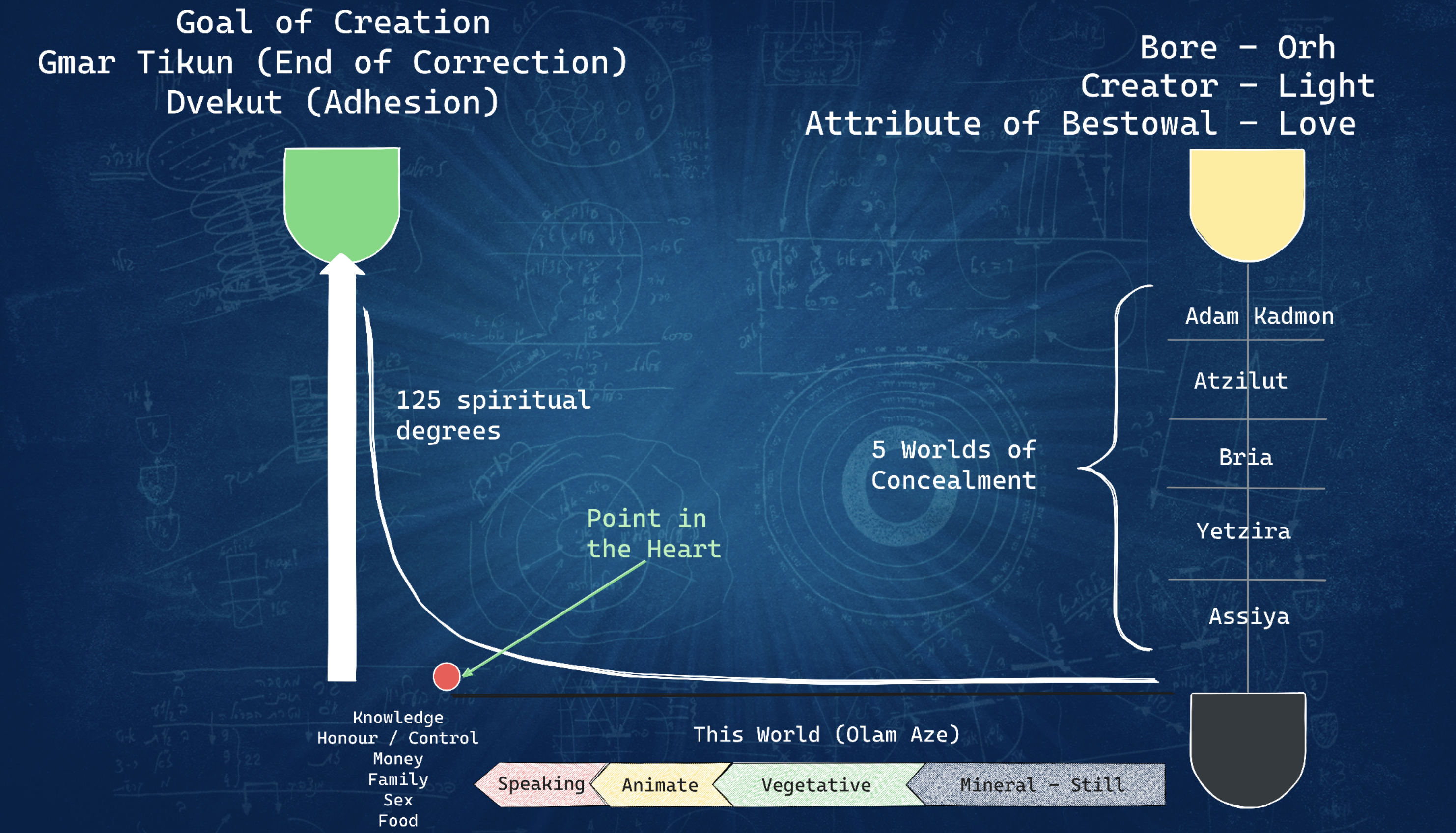
Slide #14
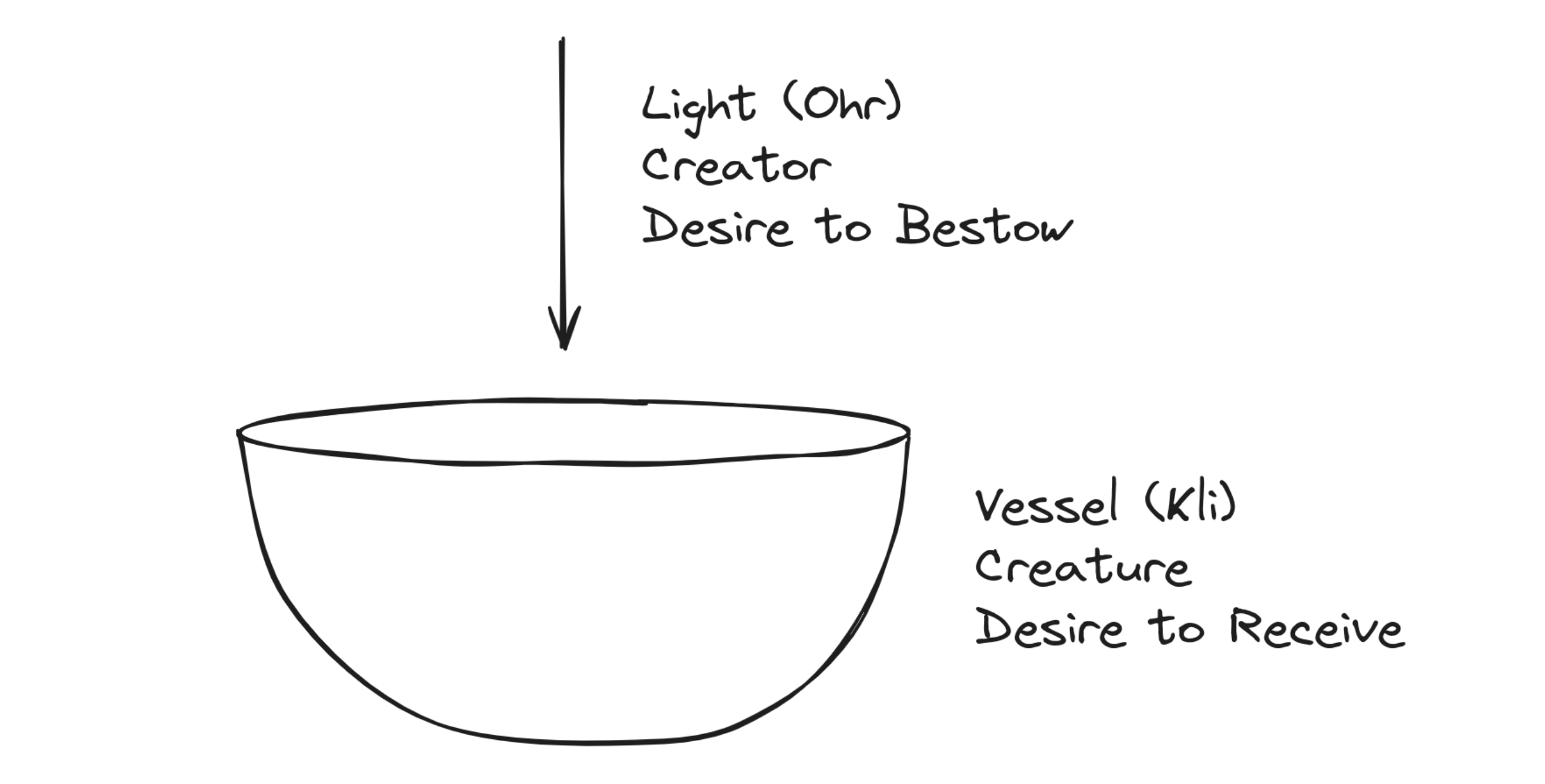
Slide #15
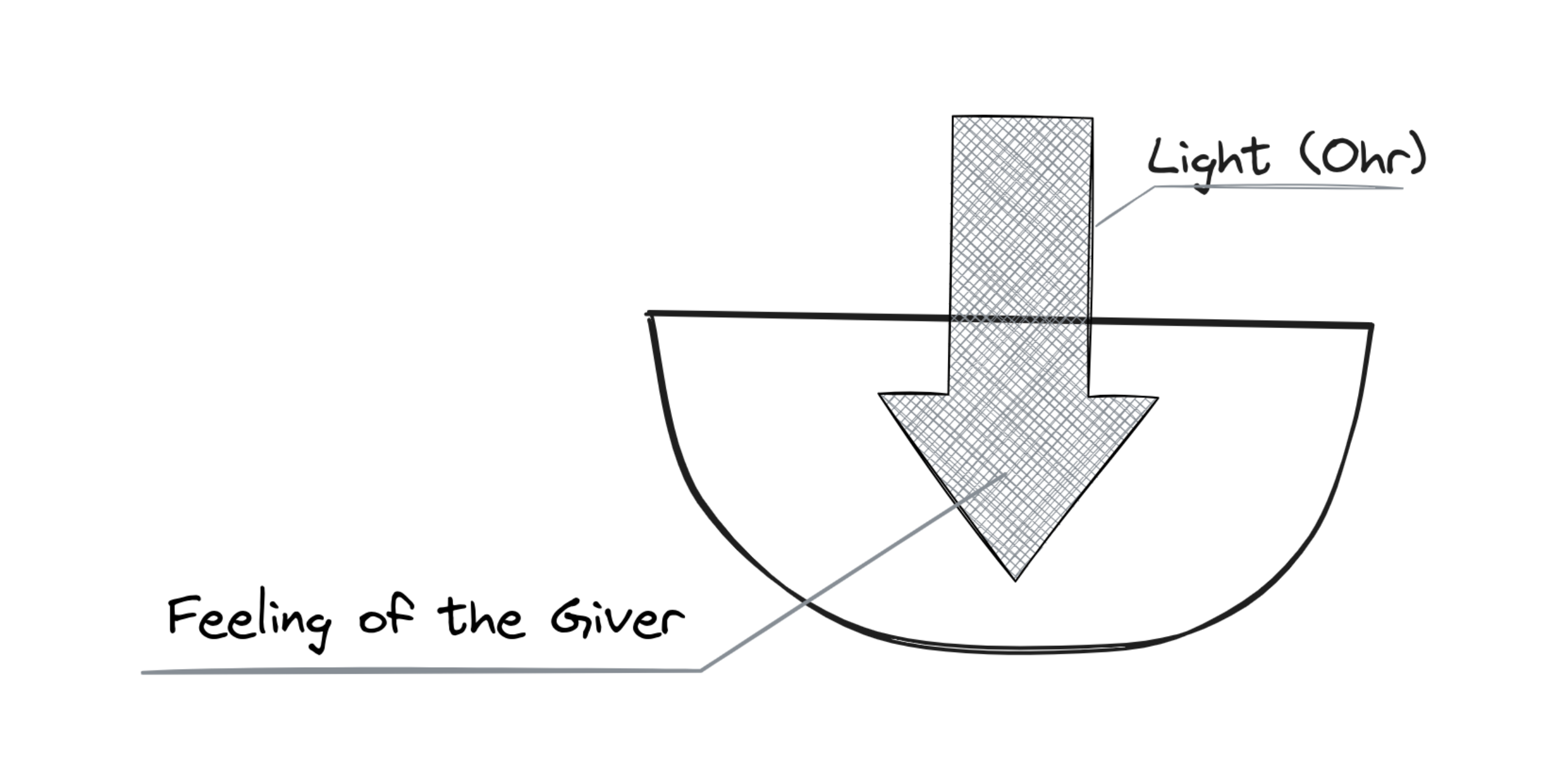
Slide #16
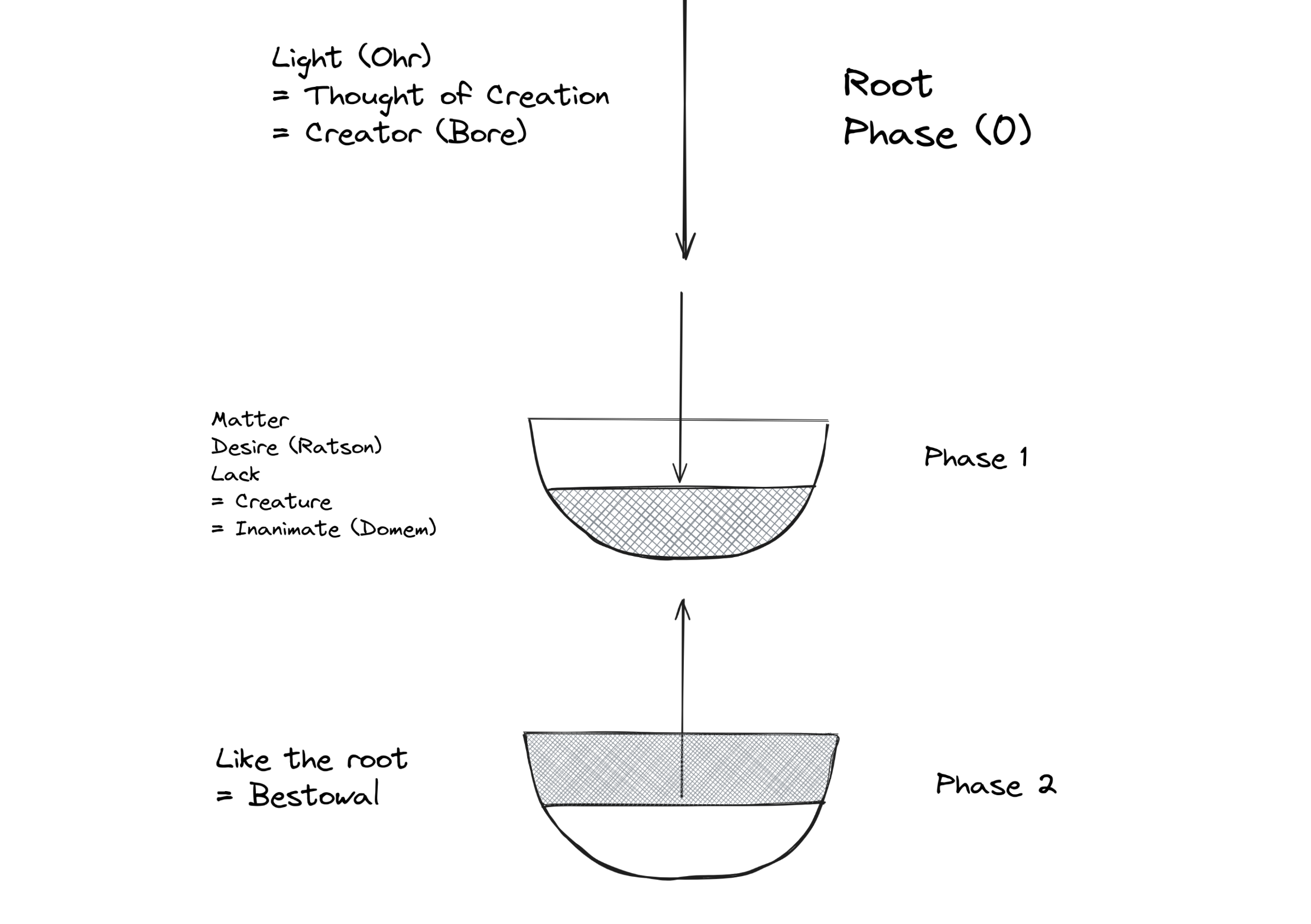
Slide #17
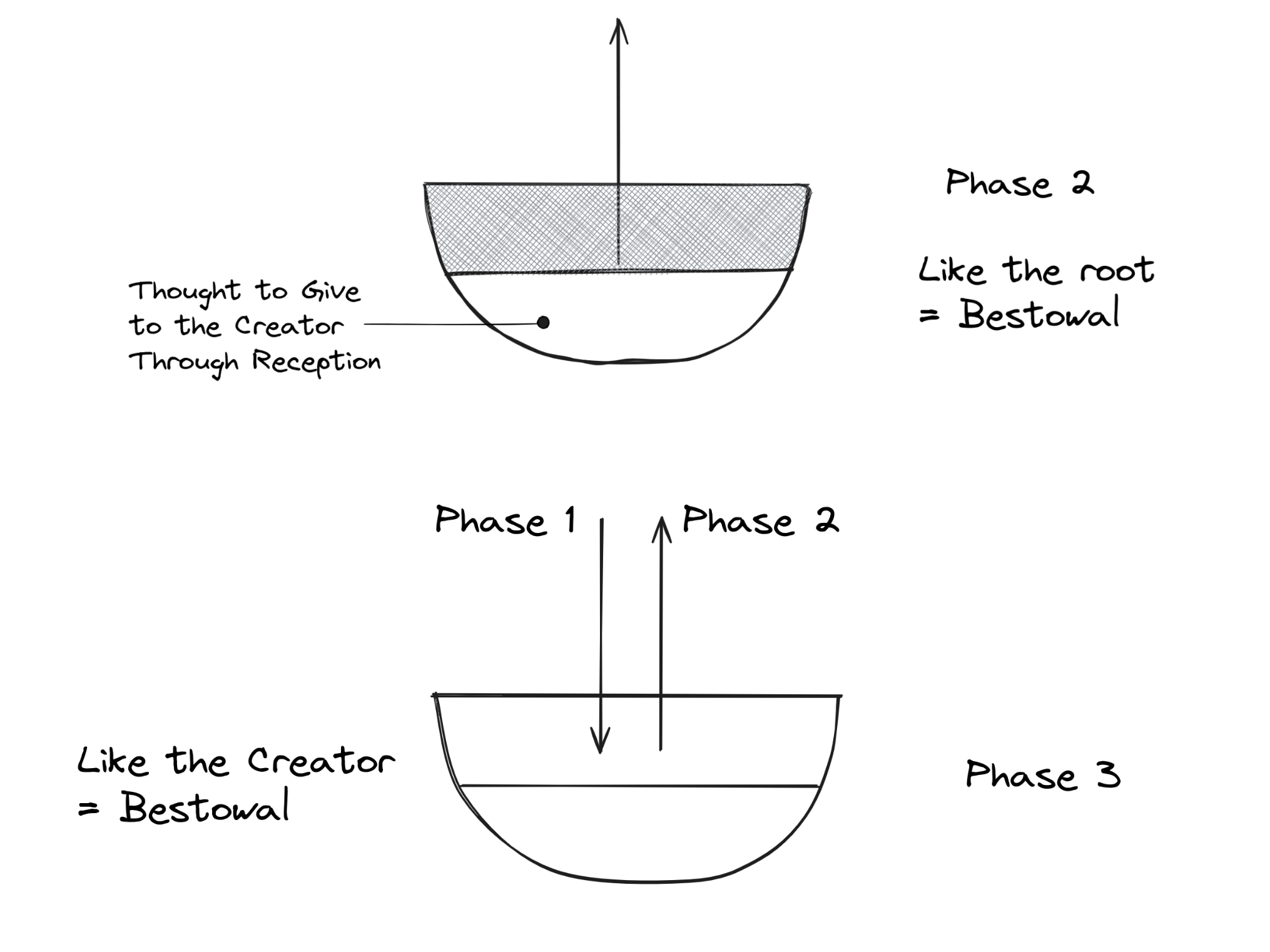
Slide #18
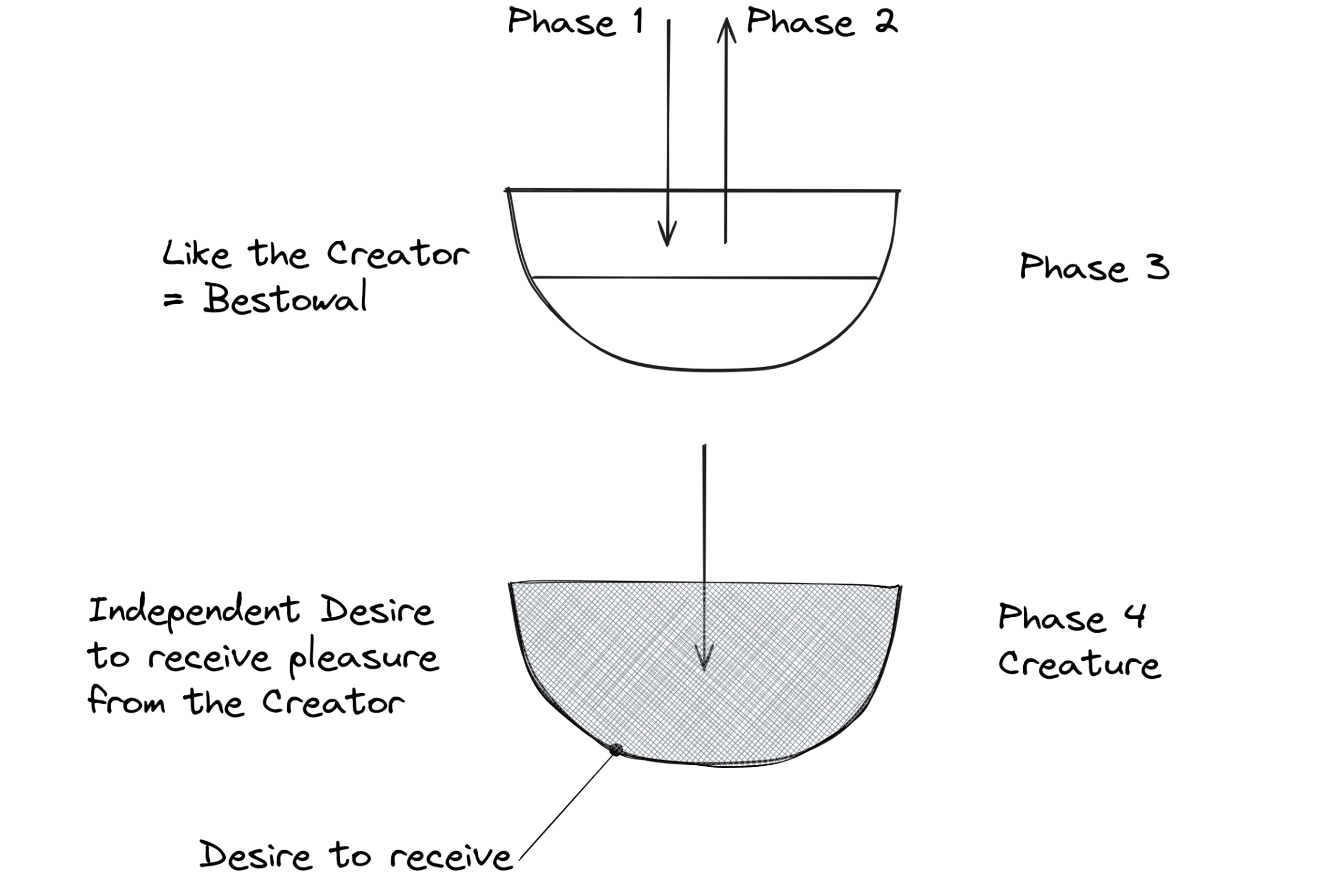
Slide #19
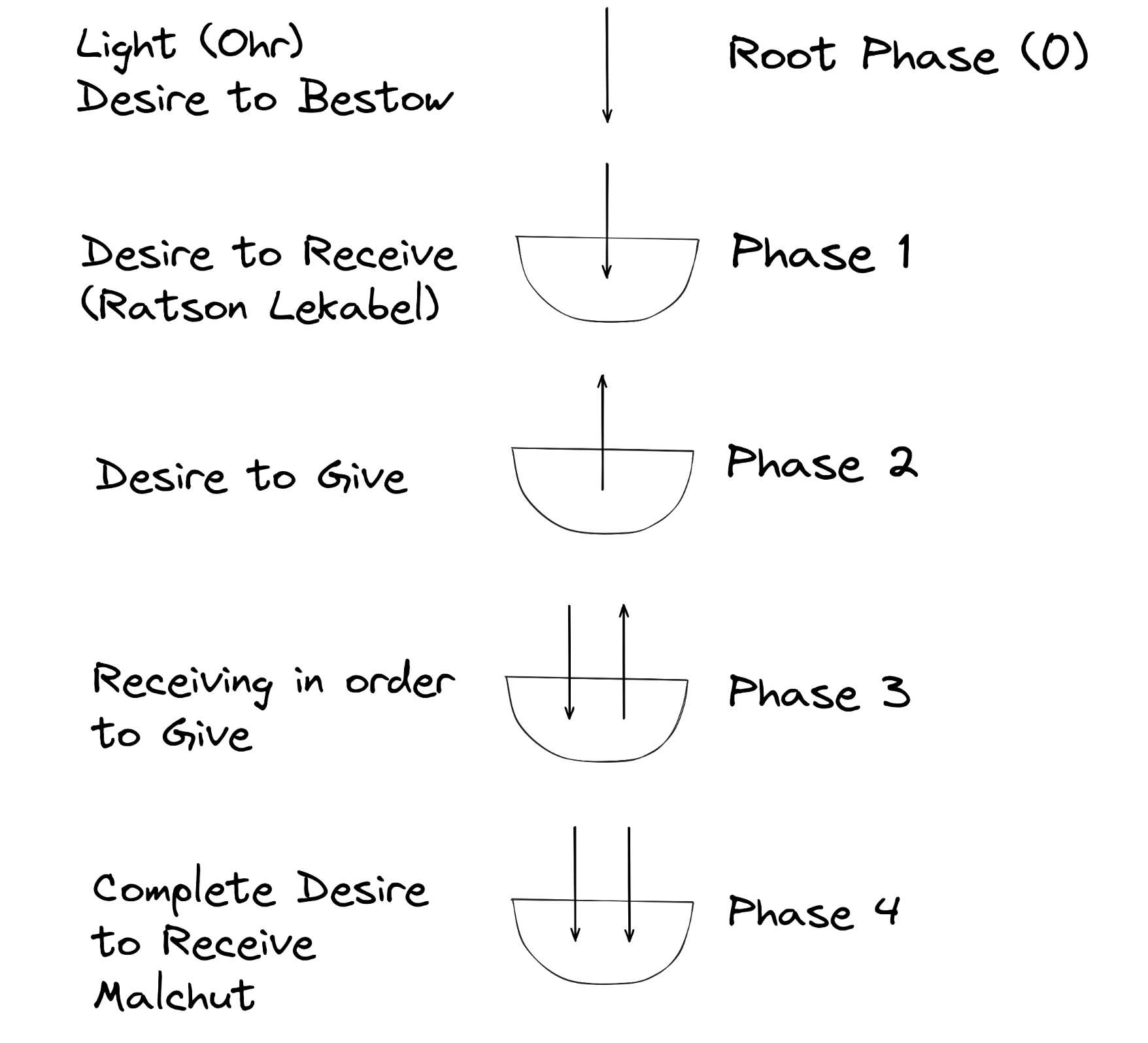
Slide #20
Preface to the Wisdom of Kabbalah (p.15)
“15)…I shall explain that with an allegory from life. Man’s nature is to cherish and favor the quality of bestowal, and to despise and loathe reception from one’s friend. Hence, when one comes to one’s friend’s house and he [the host] invites him for a meal, he [the guest] will decline even if he is very hungry, since in his eyes it is humiliating to receive a gift from his friend.
Slide #21
Preface to the Wisdom of Kabbalah (p.15)
Yet, when his friend sufficiently implores him until it is clear that he would do his friend a big favor by eating, he agrees to eat as he no longer feels that he is receiving a gift and that his friend is the giver. On the contrary, he [the guest] is the giver, doing his friend a favor by receiving this good from him.
Slide #22
Preface to the Wisdom of Kabbalah (p.15)
Thus, you find that although hunger and appetite are vessels of reception designated for eating, and that person had sufficient hunger and appetite to receive his friend’s meal, he still could not taste a thing due to the shame. Yet, as his friend implored him and he rejected him, new vessels for eating began to form in him, since the power of his friend’s pleading and the power of his own rejection, as they accumulated, finally added up to a sufficient amount that turned the measure of reception into a measure of bestowal.
Slide #23
Preface to the Wisdom of Kabbalah (p.15)
In the end, he saw that by eating, he would do a big favor and bring great contentment to his friend. In that state, new vessels of reception to receive his friend’s meal were born in him. Now it is considered that his power of rejection has become the essential vessel in which to receive the meal, and not the hunger and appetite, although they are actually the usual vessels of reception.”
Preface to the Wisdom of Kabbalah
– Baal HaSulam “Preface to the Wisdom of Kabbalah”, p.15
Slide #24
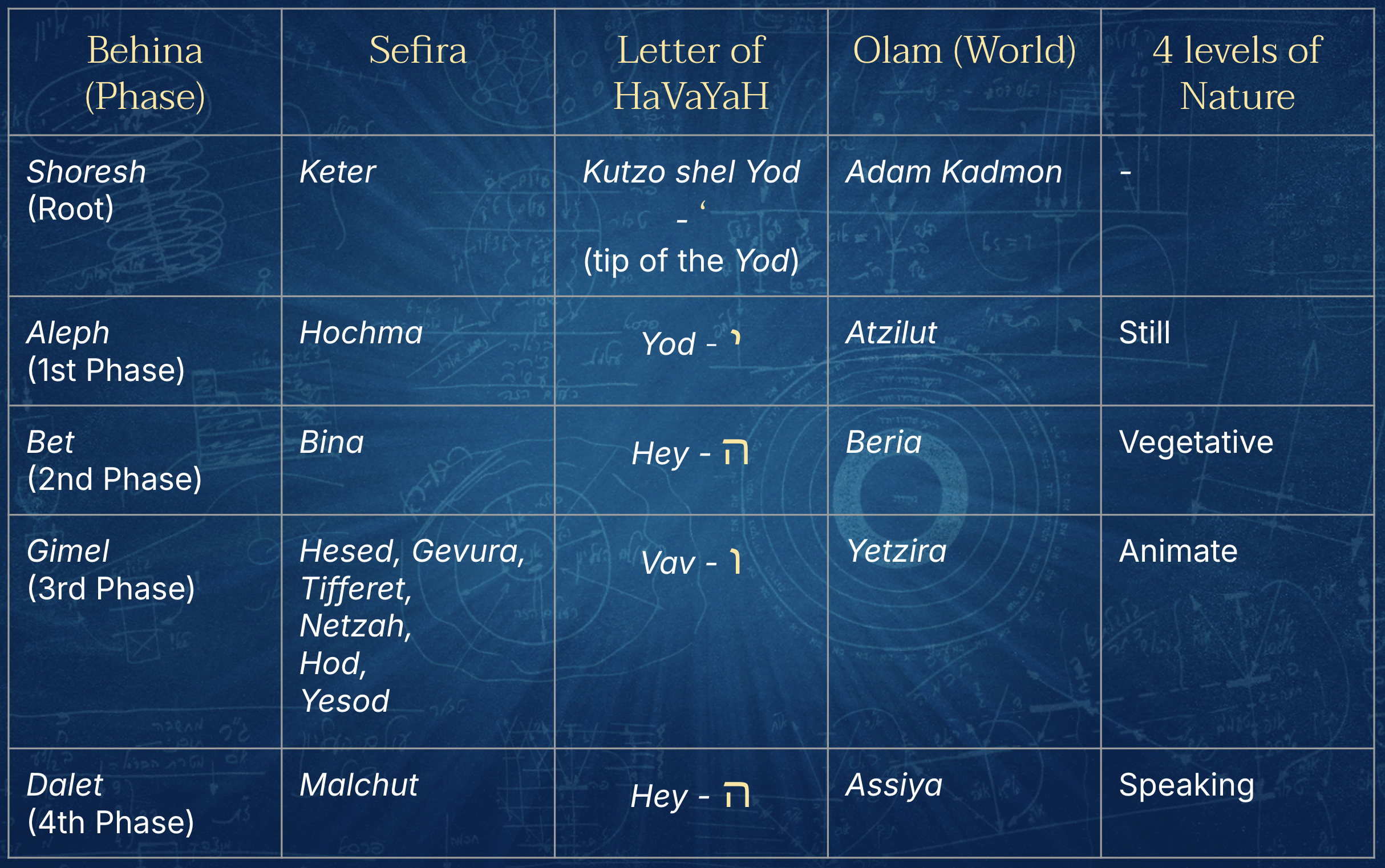
Slide #25
APPENDIX: DIAGRAMS OF THE SPIRITUAL WORLDS
Slides #26-34 - Diagrams
